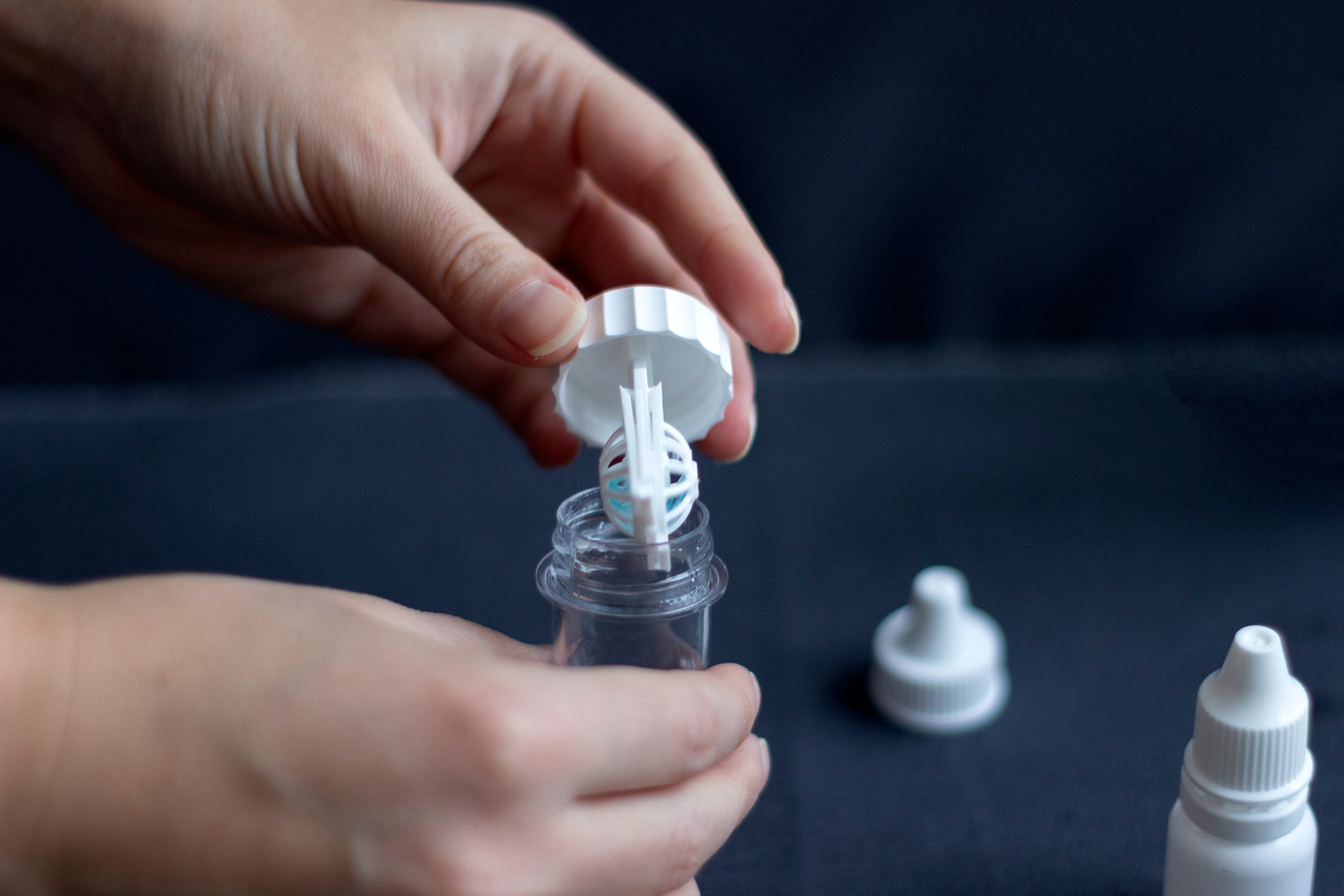
Orthokeratology is a revolutionary new treatment for myopia and some other refractive eye conditions. It is also known as ortho-k and is gaining in popularity among people who are looking to enjoy clear vision without using glasses or contact lenses, and who aren’t able to undergo laser vision correction or simply don’t want to. Although highly successful and widely available, ortho-k isn’t necessarily the most suitable solution for every patient. Here’s what you need to know about this treatment and what makes someone a good candidate for orthokeratology.
What is Orthokeratology?
Orthokeratology is a simple and effective treatment that focuses on reshaping the cornea, which is the clear, domed lens covering the front part of the eye. In patients with refractive eye errors, the cornea is shaped in such a way that when light passes through the eye, it doesn’t fall onto the retina properly so that our brain receives a clear image. Instead, it falls in front or behind it, or in the case of astigmatism, light is focused on multiple points instead. This results in blurred vision. Orthokeratology involves the use of specially designed contact lenses that gently reshape the cornea while you sleep.
While conventional contact lenses can’t be worn overnight, ortho-k lenses, which are made from gas permeable material that lets oxygen pass through them to keep your eyes healthy, hydrated and comfortable, are safe to be worn while you sleep. As you slumber, the rigid lenses will place gentle pressure onto the cornea to reshape it, supported by the flow of tear film under the lenses. Your cornea is then able to retain this shape for some hours the next day after the lenses are removed. The improvement is progressive, and the more consistently you wear your ortho-k lenses at night, the longer your eyes will be able to retain their new shape, with most patients finding that they can see clearly for up to two days without glasses or contact lenses during the day at peak performance. When you stop treatment, your vision will return to its previous state within a few days.
What Makes Someone a Good Candidate for Orthokeratology?
Orthokeratology is a very effective solution for people with a range of refractive eye errors. While it is primarily used to treat nearsightedness, better known as myopia, it can also be used to treat hyperopia (farsightedness), astigmatism, and presbyopia, which is an age-related vision problem. If your vision is stable and that your prescription falls within the necessary parameters, you could be a good candidate for ortho-k.
You may be surprised to learn that there is no lower age limit on orthokeratology, and it is approved for use in children as young as 8 as an effective way to slow the progression of myopia. Myopia most often begins to develop between the ages of 8 and 14, when the eyes go through a period of rapid growth and change. Unlike adults, children aren’t deemed good candidates for laser eye surgery as their eyes are still developing. Ortho-k at a young age can be extremely valuable in later life since patients who develop high myopia are more likely to be at risk of vision-threatening conditions like glaucoma, cataracts, and macular degeneration.
If you want to enjoy clear vision, but don’t want to rely on wearing glasses or contact lenses during the day and laser vision correction isn’t for you, orthokeratology may be the solution that you are looking for. To find out more about this treatment, or to schedule an assessment of your candidacy, please contact our eye care center in Baltimore, MD at (410) 752-8208.







